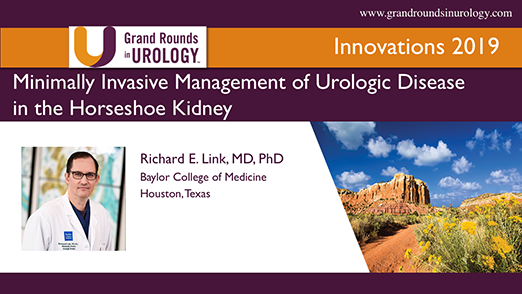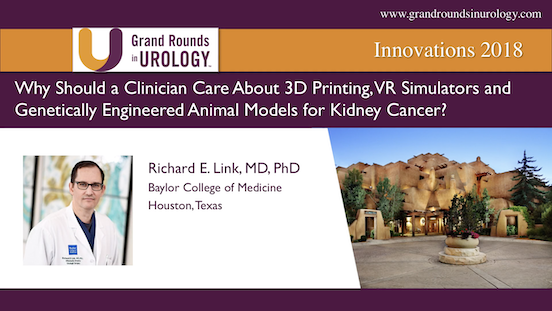Minimally Invasive Management of Urologic Disease in the Horseshoe Kidney
Richard E. Link, MD, PhD, provides an overview of the critical anatomic features of horseshoe kidneys in adults and how these features should factor into treatment decision-making. He describes how the presence of a horseshoe kidney can affect the management of ureteral obstruction and nephrolithiasis, and technical surgical considerations in these cases.
Read More


